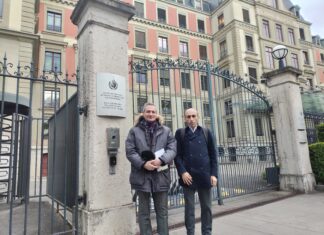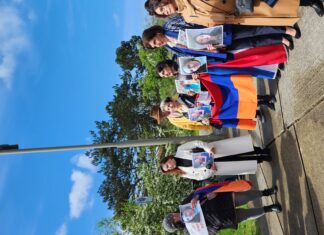The first president of the independent Republic of Armenia, Levon Ter-Petrosian, maintains that it was the Karabakh Movement in Armenia that brought down the Berlin Wall. If there is some exaggeration in that statement, we can agree on the fact that the movement was one of the indicators that heralded the collapse of the Soviet Empire and the eventual demise of the Eastern Bloc.
In the wake of the collapse, the citizens of Armenia, like other constituent republics of the Soviet Union, found themselves in an atmosphere of boundless freedom. They were overwhelmed with their new reality and were not even sure how to handle their new situation or use that freedom responsibly to enhance their lives.
It was a defining moment for Armenia. Means of expressing and using that freedom had to be devised. It was at that moment — to be exact, on February 16, 1991 — that Azg daily began publication, creating a model for the news media to emulate.
During the Soviet period, the news media was the dullest venue in citizens’ lives. It was centrally dictated and the local news had to be confined to the latest agricultural developments or glorify the production of certain items, such as light bulbs, the production of which, they noted with enthusiasm, had grown exponentially compared to the statistics of 1913!
During the periods when the Soviet central government decided to win over Ankara, newspapers in Armenia were not even allowed to mention the Armenian Genocide.
It was in this stifling atmosphere that Azg breathed fresh air into the media by introducing the international norms of free journalism. Azg not only transformed the format of newspaper business, but also its content.










